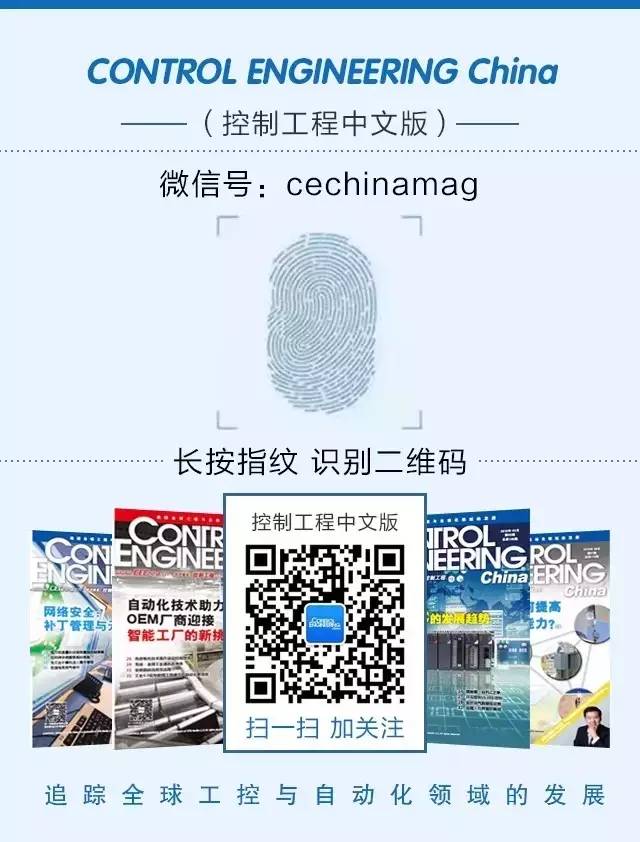This article is from the May 2017 issue of CONTROL ENGINEERING China, originally titled: How to Implement Industrial Internet of Things?
Traditional manufacturing enterprises need effective ways to initiate the application of the Industrial Internet of Things (IIoT). This article will introduce some initial methods for implementing IIoT, including appropriate processes, equipment, systems, operational experts, as well as industrial automation and control.
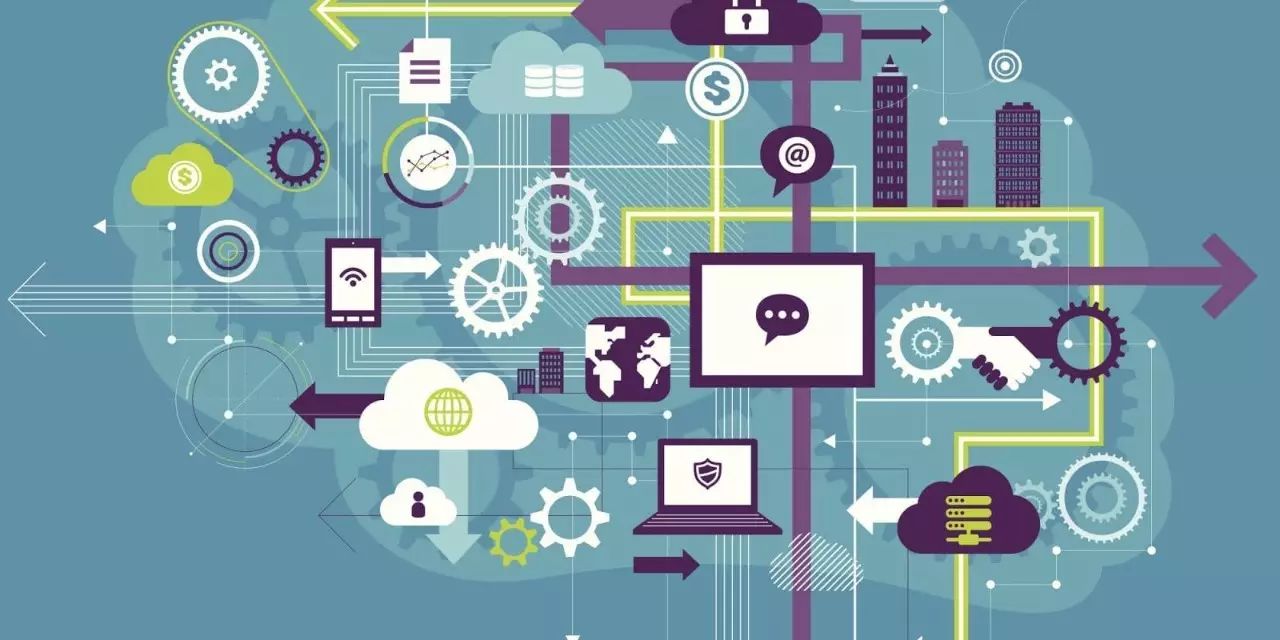
Now, manufacturing enterprises around the world seem to show enthusiasm for deploying the Industrial Internet of Things (IIoT), which is a data analytics-focused digital revolution aimed at improving production efficiency, operational reliability, and supply chain performance. To achieve success in this transformation, manufacturing enterprises should develop a flexible IIoT framework to enable secure collaboration across fields and specialties, change workflows, enhance information sharing, and cooperation among functional teams, while leveraging external experts and knowledge providers to supplement internal resource deficiencies.
Assets, Processes, and Connectivity
Almost all industrial facilities benefit from the emergence of the Industrial Internet. On one hand, the widespread distribution of operational assets often limits the role of localized experts in managing data connectivity and aggregation. On the other hand, entrenched traditional workflows restrict the functionality of many industrial facilities and do not help improve performance and profitability.
Equipment health is an important issue that all business operations need to consider. If a piece of equipment fails, typically, there is no logical method available to analyze what happened, due to insufficient useful information, or the responsible party can only analyze it hours or days after the failure occurs.
Many factory facilities are constrained by a lack of visual monitoring of business performance implementation, which is not uncommon. Advanced technologies are needed within factories to collect, store relevant data, and visualize this information to gain valuable insights, thereby predicting and identifying events and opportunities for improvement.
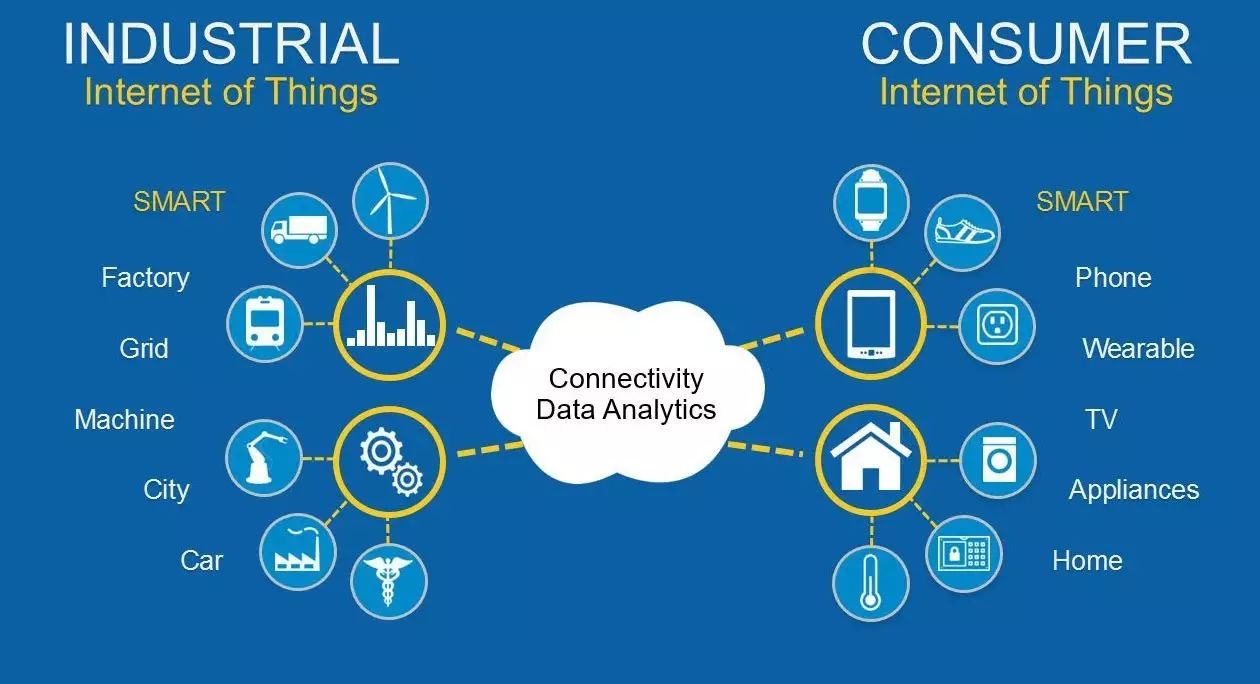
Considering IIoT
Now, manufacturers and other industrial enterprises are pondering how to manage and explore data more effectively in operational activities across a single site or the entire enterprise. Successful business operations require making the right decisions at the right time, using the right information.
More and more companies are seeking ways to drive the development of the Industrial Internet of Things. By using machine learning, big data, and automation technologies, they aim to establish a “system of systems” that can accurately acquire, analyze, and transmit data, hoping to achieve higher efficiency, sustainability, and better quality control throughout the supply chain.
IIoT represents the next significant advancement in performance and operations, utilizing existing technologies such as advanced computing, smart sensors, mobile applications, cloud-based platforms, and enterprise digitalization to help transform data into actionable knowledge.
Key factors for successfully implementing IIoT include:
-
Smart and secure collaboration;
-
Predictive analytics;
-
Data management and field control;
-
Smart and interconnected assets and devices.
An effective IIoT strategy relies on integrating data from multiple different systems in the cloud, such as applying higher-level analytics and utilizing experts who are often far from the factory site. Predictive analytics solutions can transform workflows from manual and reactive to automated and proactive, helping to avoid unplanned downtime and improve performance and safety. They allow businesses to closely monitor everything happening in factories, remote areas, contractor and supplier facilities, as well as goods anywhere in the world.
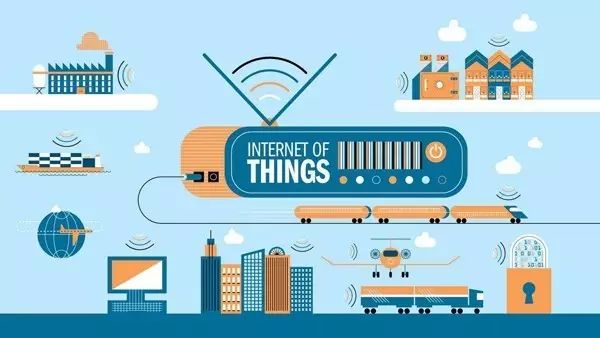
Developing an Effective IIoT Framework
To maximize the value derived from IIoT, several key factors must be considered. Its true power comes from collecting and aggregating data, then integrating this data with applications, and thoroughly digesting and processing this information. Unlike deploying these applications in control systems, deploying them in the cloud can completely eliminate the maintenance requirements of the factory, and data from various sites can be applied in these applications. Typical applications add value to cloud data, including advanced process control (APC) monitoring, condition-based monitoring (CBM), enterprise historical data, mobility solutions, and scheduling.
Industrial organizations should use open integrated communication technologies, such as OPC Unified Architecture (UA), to integrate data from different data sources. Open architectures support existing communication protocols, making it possible to securely integrate installed devices into the Industrial Internet of Things architecture. Next, data can be transmitted from the factory to the enterprise, and intelligent analytics can be applied to extract useful information. Importantly, applying expertise to understand data is crucial, balancing internal expertise, remote technical experts, and third-party knowledge providers.
With larger, more reliable data, companies can apply and develop more advanced analytics in the cloud and apply these analytical models to edge devices, thereby obtaining more detailed information and data on demand to meet the operational needs of a single site or the entire enterprise, fully leveraging a broader team of data experts for monitoring and analysis.
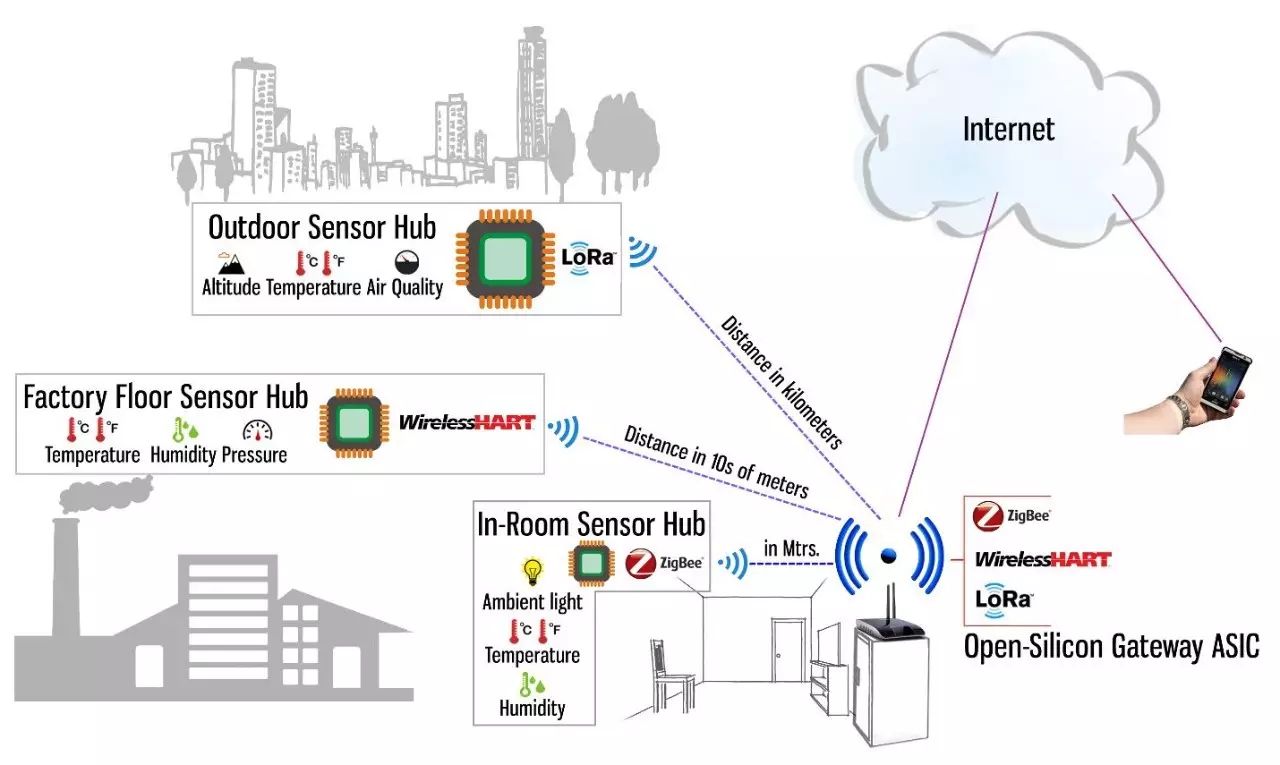
Collaboration and Implementation of IIoT
The true hope of the Industrial Internet of Things is not the “things,” but the people who interact with operations. Companies that believe in connecting people first, and then the things, will be well-positioned to optimize their factory operations.
The key to successful implementation of IIoT is the ability to operate in different ways, which means acquiring the tools necessary to support new roles, responsibilities, and workflows.
If the IIoT plan does not include a transformation of functional department collaboration, it may need to reflect. Building internal expertise in complex industrial sites will become increasingly difficult. As mature markets face knowledge gaps caused by the retirement of the baby boomer generation, the best operations will be those that understand when to develop skills internally and when to leverage external resources to drive business outcomes.
Another important way to enhance operational efficiency through IIoT is to collaborate with third-party experts. Today’s technologies allow for safely tapping into the expertise across the entire ecosystem of cloud partners, while other organizations such as process licensors and original equipment manufacturers (OEM) can help solve specific problems. This approach can also extend to their global internal resources.
The knowledge and experience of OEM manufacturers have a huge impact on equipment and operational reliability. IIoT is not just about monitoring; it also captures the diagnostic knowledge of technical experts and embeds it into end applications, enabling the prediction and prevention of failures.
